A day after the Wall Street crashed 333 points as a result of less than impressive interest rate cut by the Federal Reserve, the stocks made an incredible rally – skyrocketed to as much as 311 points – until Trump spoils the party. The president dropped a bombshell when he declared an additional 10% tariff would be imposed on Chinese imports to the U.S. – effective September 1.
All three major U.S. stock indices that were enjoying the earlier session with bullish buying suddenly took massive U-turns, selling as quickly as they could, as if it was the end of the world. The Dow Jones Industrial Average (DJIA) closed 280.85 points lower at 26,583.42. Between the gain of 311 points and 290 points in negative territory, that’s about 591 points of loss in a single day.
Prior to Trump’s disastrous tweets, Wall Street received a boost from a series of positive earnings from a wide range of companies, including General Motors Co, Kellogg Co, Verizon Communications Inc and Yum Brands Inc. They used the earnings results to conveniently ignore the unfavourable comments from the Federal Reserve that more rate cuts might not happen.
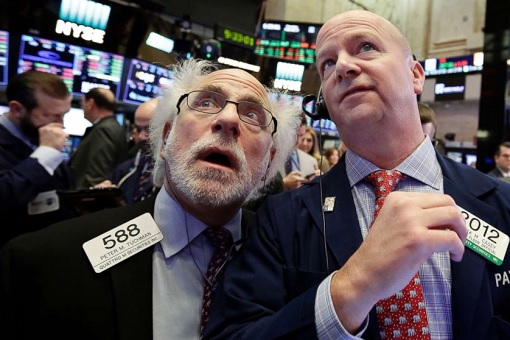
Already, after extensive trade talks with China ended without an agreement on May 10, 2019, Trump hiked the tariffs on another US$200 billion in Chinese imports from 10% to 25%. China retaliated 3 days later, announcing new tariffs on US$60 billion of American exports. Trump’s latest tariff would mean that all Chinese goods entering the U.S. will be subject to taxes.
On top of the US$300 billion worth of Chinese goods to be taxed 10%, Mr. Trump has also threatened to increase the tariff to 25% later. Trump tweeted – “Our representatives have just returned from China, where they had constructive talks having to do with a future Trade Deal. We thought we had a deal with China three months ago, but sadly, China decided to re-negotiate the deal prior to signing.”
“More recently, China agreed to buy the agricultural product from the U.S. in large quantities, but did not do so. Additionally, my friend President Xi said that he would stop the sale of Fentanyl to the United States – this never happened, and many Americans continue to die!” – President Trump appeared to be complaining in a series of tweets.
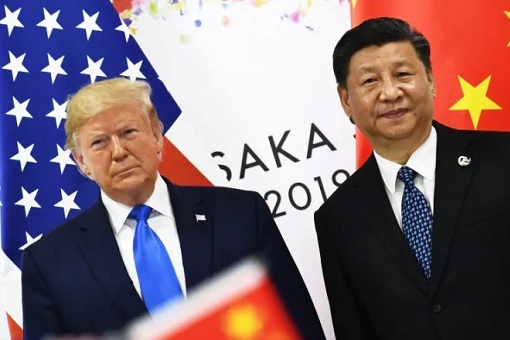
So, there were two things that had gotten Trump furious, so much so that he broke the trade ceasefire agreed during the G20 Summit in Osaka, Japan (28-29 June). About 2 days before he went berserk and slapped tariffs on the remaining goods from China, the president said – “China is doing very badly, worst year in 27 – was supposed to start buying our agricultural product now – no signs that they are doing so.”
The first issue is the U.S. agricultural products, which Donald Trump claimed that China did not buy despite promised to do so – suggesting that Beijing was pressing the correct button in its retaliation against Washington’s trade war. However, China rubbished Trump’s allegations, claiming that it has bought millions of tons of U.S. soybeans since July 19.
Charging that China can’t be trusted, Trump also revealed the obvious strategy of his rival – that Beijing is dragging its feet, waiting for next year’s election results in anticipating that someone like “Sleepy Joe,” a nickname for former Vice President Joseph Biden, could win the presidency hence allowing China to continue ripping off the United States.
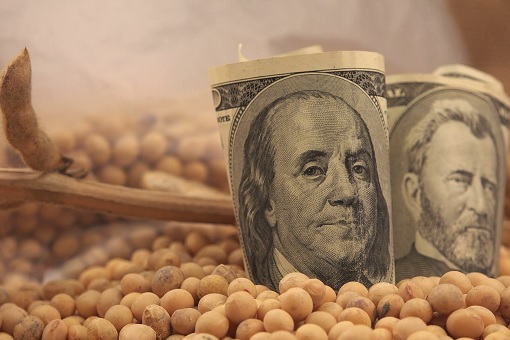
The second issue is the illegal exports of fentanyl drug, which Donald Trump claimed that China had committed to stop its sale in the U.S. but failed to do so. The drug has become the leading cause of fatal drug overdoses in America. About 49,000 Americans lost their lives to fentanyl in 2017 alone. Fentanyl is said to produce a better high and between 50 to 100 times more powerful than heroin.
A laboratory-made drug, fentanyl requires less time and space to produce than heroin, not to mention its jaw-dropping profits margin. A US$3,000 investment can produce US$1,500,000 in earnings – close to 50,000% profit margin. Drug traffickers could either order fentanyl online and shipped from China directly into the U.S. via international mail or shipped into Mexico to be smuggled into America.
Obviously, the Trump administration was increasingly desperate as its efforts to force China to commit to economic reforms were going nowhere, as can be seen in the Osaka truce. The goal of the tariffs was to force China to make structural changes to its economy. But the tariffs have failed to do that. China is prepared to live with the pain rather than make the changes the U.S. demands.
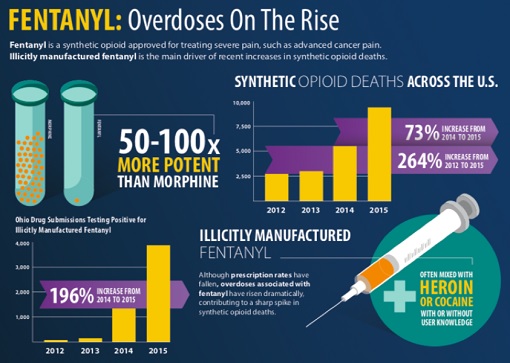
U.S. officials reportedly told Trump that Chinese negotiators refused to commit to improving intellectual-property laws, cracking down on fentanyl trafficking, or buying more from American farmers until a comprehensive and binding trade deal is sealed. That left Trump with no choice but to unleash everything he has in his arsenal – abruptly imposing tariffs on the remaining Chinese goods.
In actuality, Trump has already lost his trade war since the G20 Summit in Osaka. China has told the U.S. that it wants to see all tariffs lifted as part of a deal to ramp up agricultural purchases. During negotiations in Shanghai, the Chinese negotiators have again insisted that the levies would have to be lifted before they would deliver on any reforms, something the U.S. has said it would not commit to.
To make matters worse, Trump’s latest move did not go well within fellow Americans. The new tariff attracted an immediate angry response from the U.S. business community that has been pushing for an end to the trade war that they see as increasingly weighing on the U.S. and global economies. In essence, products such as the iPhone, toys, footwear and clothing would be affected.
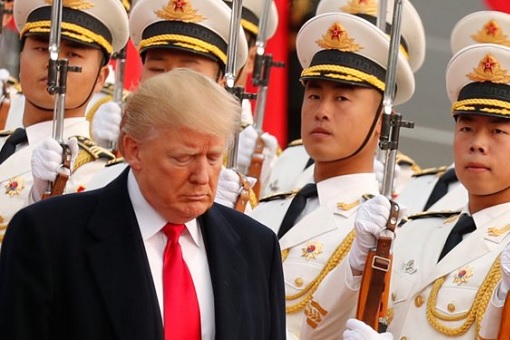
Myron Brilliant, head of international affairs at the U.S. Chamber of Commerce, slammed President Trump – “Raising tariffs by 10% on an additional US$300 billion worth of imports from China will only inflict greater pain on American businesses, farmers, workers and consumers, and undermine an otherwise strong U.S. economy.”
The trade talks have been complicated by the recent emergence of Zhong Shan, China’s commerce minister, as a lead negotiator for the Chinese. Unlike Vice Premier Liu He, who adopts an open-minded approach about making structural economic changes that the United States wants, Mr. Zhong is seen by many officials in Washington as a hard-liner.
By bringing a tough nut to crack like Zhong Shan to G20 Summit in Osaka last month and involving him in a phone conversation and negotiation with U.S. trade representatives, President Xi Jinping is sending a message that he is standing firm on trade – even prepares to take a harder line in the escalating trade war with the U.S.
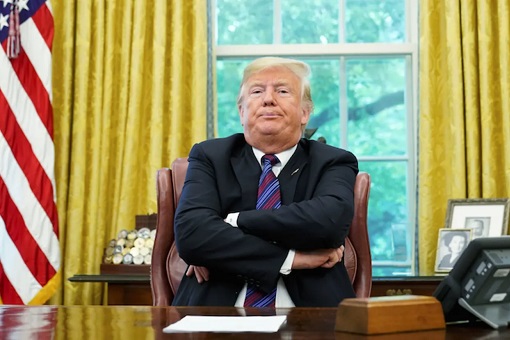
Against U.S. Trade Representative Robert Lighthizer, a well known “shark”, Mr. Zhong – a trade negotiator – was specially brought in to counter the U.S. negotiator as well as to reinforce Liu He, who is a policy person. If Trump thinks he could intimidate Xi with his latest round of tariffs, the U.S. president probably needs to be reminded that the Chinese president is in no hurry and does not have to worry about elections.
Other Articles That May Interest You …
- Stocks Crashed 333 Points! – Powell Cuts Interest Rate But Not Enough To Satisfy Trump & Market
- The Trump Effect! – Home Sales Plunge 36% As Chinese Buyers Flee, Continue Dumping US Treasury
- Economists Thought China’s Economy Depends On The World – But McKinsey Research Shows Otherwise
- What Trump Doesn’t Want His Supporters To Know – China Lowered Tariffs To Everyone Except The U.S.
- Watch Out Trump!! – China May Weaponize “Rare Earth” To Retaliate Against U.S.’ Ban On Huawei
- China’s New Message To The U.S. – “Negotiate – Sure!”, “Fight – Anytime!”, “Bully Us – Dream On!”
- Trump Is Bluffing – He Will Not Let The Stock Market Collapse, And He Lied About Forcing China To Pay $100 Billion
- China Reveals Strategy To Fight U.S. Trade War – Stop Buying American Debt

|
|
August 2nd, 2019 by financetwitter
|


|

|

|

|

|

|




























Trump : “Trade war is easy to win.” Ha ha ha ha